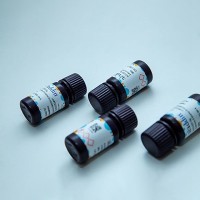Using Cells Encapsulated in Agarose Microbeads to Analyse Nuclear Structure and Functions
互联网
互联网
相关产品推荐

Proliferating Cell Nuclear Antigen (PCNA),≥90%(SDS-PAGE),阿拉丁
¥1400.90

重组蛋白|Protein A Agarose Beads / Resin
¥600

Furin human,重组, ≥95%(SDS-PAGE), expressed in HEK 293 cells,阿拉丁
¥5110.90

VWR特约代理商|101174Y D(+)-Glucose, AnalaR NORMAPUR® zur Analyse 500 g
¥3000

Trimethyl-Histone H3 (Lys9) Peptide, biotin conjugate,Histones are basic nuclear proteins that are responsible for the nucleosome structure of the chromosomal fiber in eukaryotes.,阿拉丁
¥3058.90
相关问答

